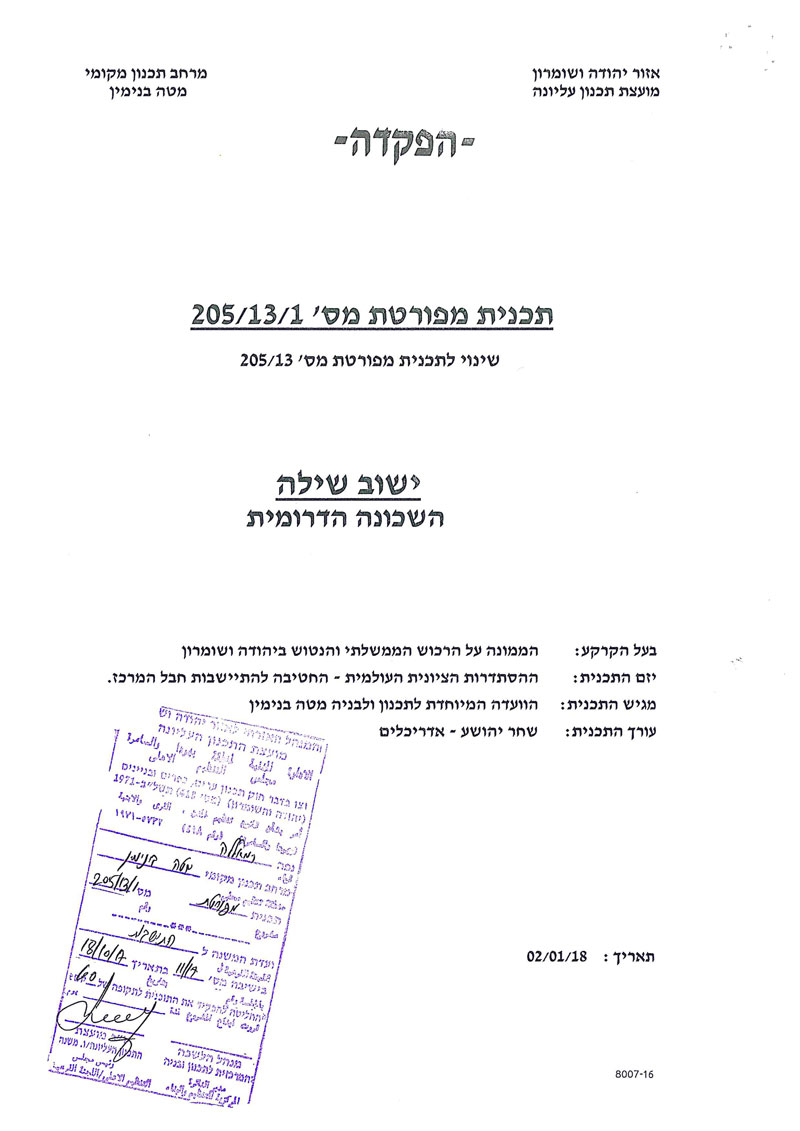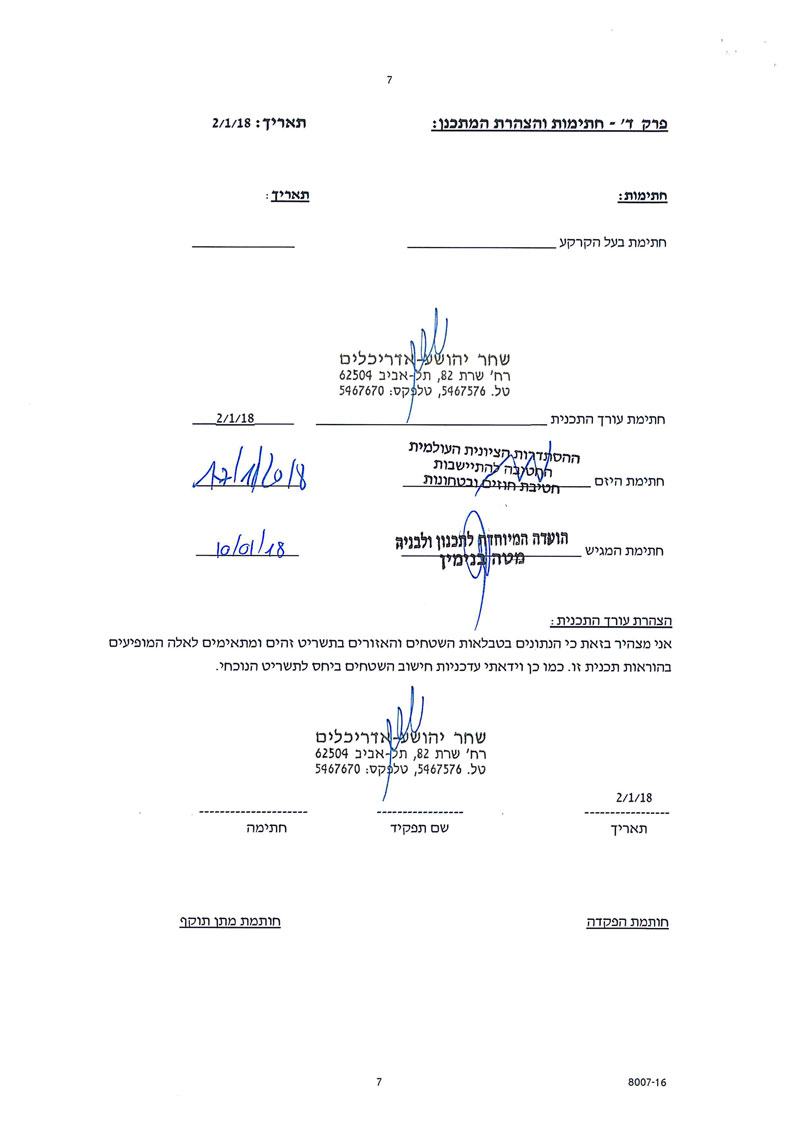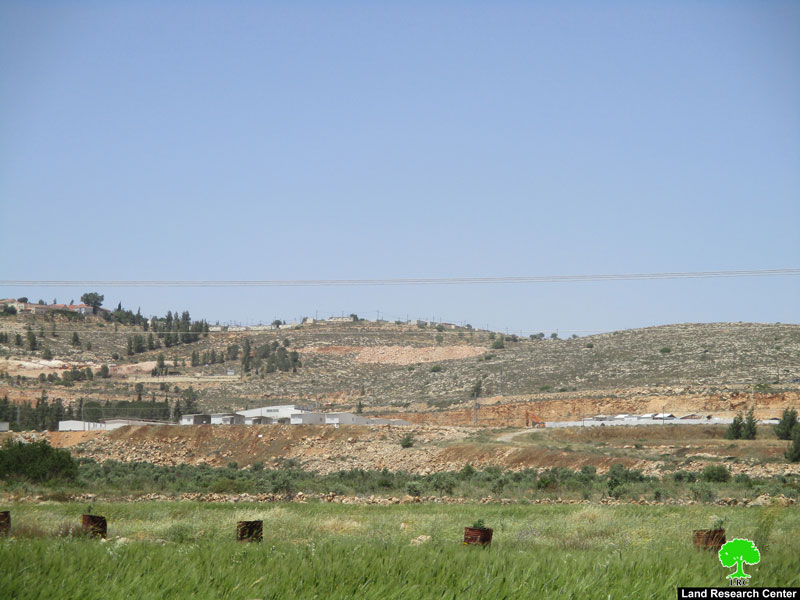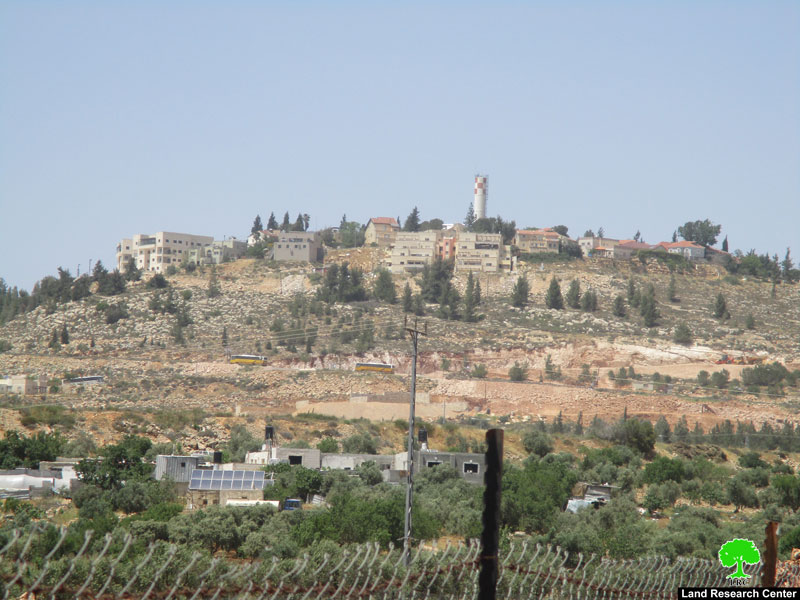2018-02-01
Israel deposits new master plan for Shilo colony at the expense of Nablus lands
Violation: advertising new master plan for Shilo
Location: Qaryut and Turmus'ayya villages
Date: January 06, 2018
Perpetrators: Planning and Construction Committee- Israel Civil Administration
Victims: residents of the villages
Details:
The so-called Higher Planning Committee- Israel Civil Administration deposited a new master plan no. 1/13/205 for Shilo colony. The plan was featured on the webpage of Israel Ministry of Interior on January 29, 2018. Also, it was delivered to the village council of Aqraba in February 2018.
The targeted lands were declared as follows:
- Natural block number 1; parts of Ras Muwais location from Qaryut village, south Nablus governorate.
- Natural block number 3; parts of Shu'ab Al-Masri location from Turmus'ayya village, south Nablus governorate.
Objectives of the plan:
- Changing the use of lands from agricultural to open spaces and residential area (A3)
- Changing the use of lands from residential area (A3) and approved toad to open spaces
- Changing the use of lands from agricultural and residential area (A3) to proposed road
- Specifying the instructions and limits of construction within the plan.
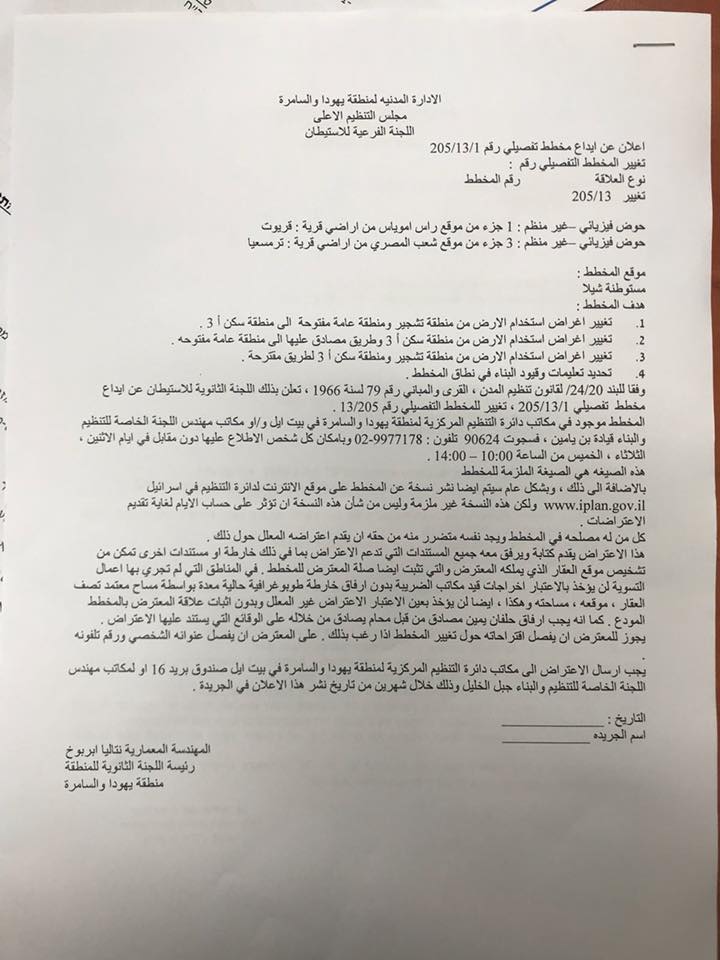
|
|
|
The advertisement featured on the webpage of Israel Ministry of Interior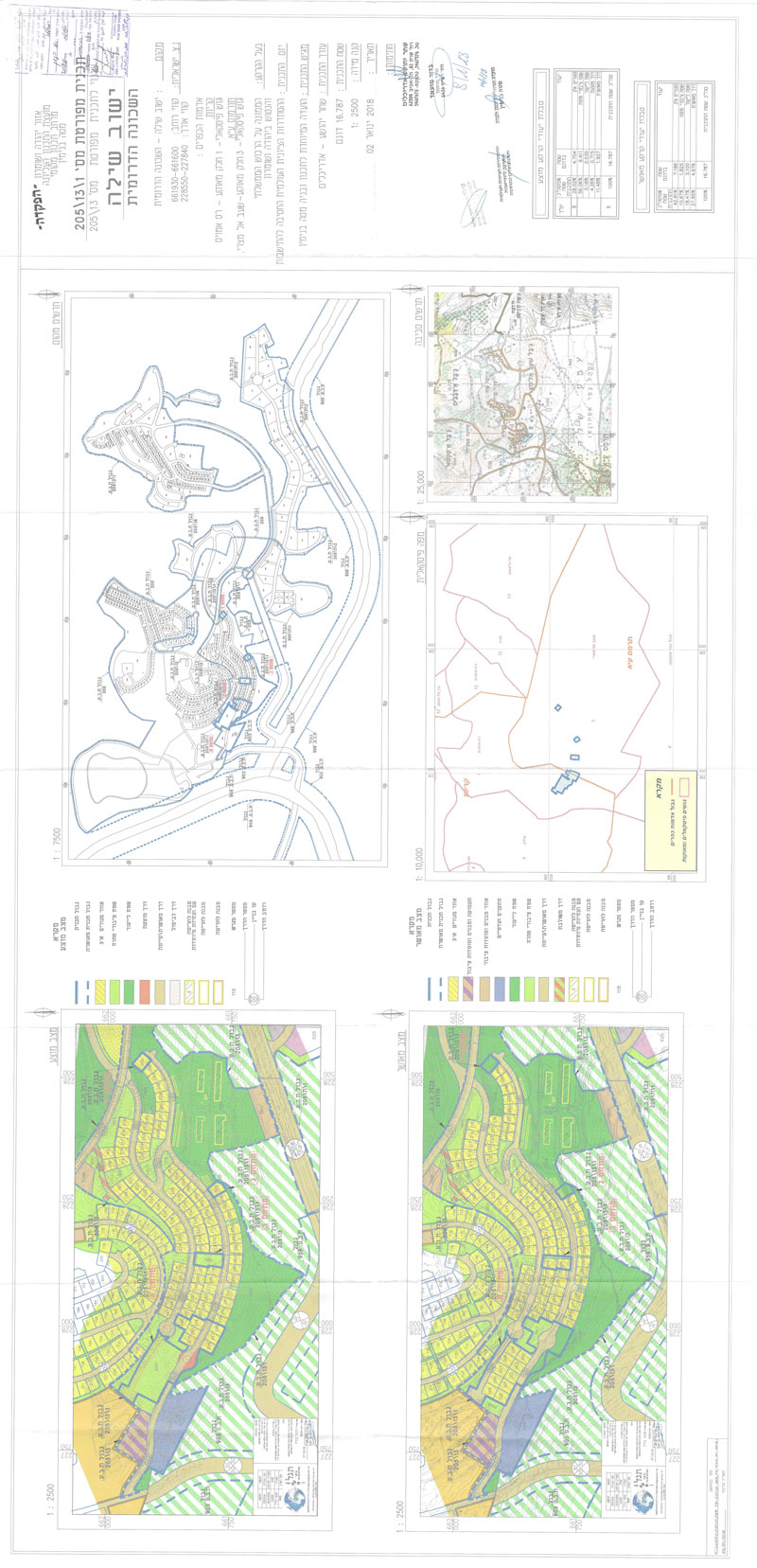
The advertisement featured on the webpage of Israel Ministry of Interior
|
|
the targeted area
About Shilo:
It is located east Ramallah city with a population of 2300 colonists (2011). The colony totals 1364 dunums in area (Foundation for Middle East Peace, 2011).
Shilo is edged by the villages of Jalud, Qaryut from the north, Turmus’ayya town from the south, Mizpe Rahel colony from the east and a number of outposts and Male Levona colony from the south.

Land Research Center sees Israel continuous expansion on colonies in the West Bank and Jerusalem at the expense of Palestinian and lands a flagrant violation of Human Rights and all international laws and conventions, which prohibit disposition of public properties in occupied countries.
UN Resolutions
UN Security Council Resolution 242 of 1967: calls for
- the Withdrawal of Israel armed forces from territories occupied in the recent conflict;
- Termination of all claims or states of belligerency and respect for and acknowledgment of the sovereignty, territorial integrity and political independence of every State in the area and their right to live in peace within secure and recognized boundaries free from threats or acts of force." [4]
UN Security Council Resolution 449 of 1979: the Security Council determined:
- "that the policy and practices of Israel in establishing settlements in the Palestinian and other Arab territories occupied since 1967 have no legal validity and constitute a serious obstruction to achieving a comprehensive, just and lasting peace in the Middle East"
UN Security Council Resolution 452 of 1979: states that
- "the policy of Israel in establishing settlements in the occupied Arab territories has no legal validity and constitutes a violation of the Fourth Geneva Convention relative to the Protection of Civilian Persons in Time of War of 12 August 1949" and "calls upon the Government and people of Israel to cease, on an urgent basis, the establishment, construction and planning of settlements in the Arab territories occupied since 1967, including Jerusalem."
UN Security Council Resolution 465 of 1980:
- It expressed concern at Israeli settlement policy in the Arab territories and recalled resolutions 237 (1967), 252 (1968), 267 (1969), 271(1969) and 298 (1971). It further called upon the State and people of Israel to dismantle such settlements. The resolution calls on all states ‘not to provide Israel with any assistance to be used specifically in connection with settlements in the occupied territories’.
This document has been produced with the financial assistance of the European Union

The contents of this document is the sole responsibility of LRC and can under no circumstances be regarded as reflecting the position of the European Union.
